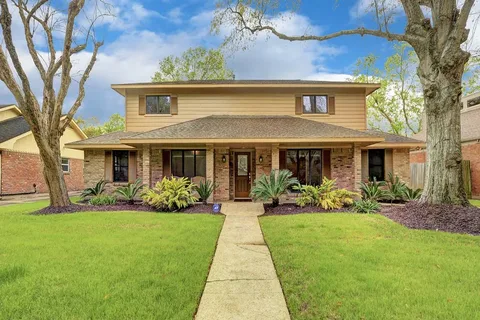Choosing the Right Block of Land for Your Home
Choosing the right block of land on which to build your home should be simple, but unfortunately, it isn’t always. There are countless factors to consider before you even begin looking at land, and some of them are contradictory! On top of that, each piece of land will have its own unique set of problems which can derail the whole process if you’re not careful. Well, home builders Auckland share this guide will walk you through everything you need to know before starting your search so that you can choose the right block of land for your home and then get on with building it!
-
SIZE
Before you start looking at home builders in Auckland, you need to choose the right sized block of land for your needs. The size of the block will dictate how big or small your home can be, as well as how much outdoor space you'll have. If you have a large family, you'll need a bigger block than someone who is single or has a smaller family. Consider your needs and wants before making a decision.
-
ORIENTATION
Before you choose a block of land, you need to make sure that it doesn't have any restrictions that would make it difficult or impossible to build your dream home. For example, some blocks may be too small or too steep to build on. You'll also want to check with your local council to see if there are any height restrictions in place. If you're working with home builder Christchurch, they should be able to help you navigate these restrictions.
- SLOPE
The first thing you need to consider when choosing a block of land is the slope. A gently sloping block will be easier and cheaper to build on than a steeply sloping one. If the block is too steep, you may not be able to build at all. The second thing to consider is... A sloping block necessitates more preparation, as the builder will almost certainly need to make room for the slab and to retain walls to ensure the soil is stable. This can be significantly more expensive than a flat block.
Another consideration with sloping land is that it can raise your bushfire attack level rating, requiring restrictions on construction and more expensive materials.
-
RESTRICTIONS
One of the first things you need to do when looking for a block of land is to find out if there are any restrictions on what you can build. For example, some areas might have building height restrictions or minimum lot size requirements. You'll also want to make sure that the block is zoned for residential use. Once you've narrowed down your search to a few potential blocks, it's time to start thinking about things like orientation and topography. You'll want to choose a block that gets plenty of sun and has a flat, level surface if you're planning on building a home. If you're looking for a more rural property, then you might want to consider things like water access and whether or not the land is already cleared.
-
SOIL
The first step is to get a soil test done. This will help you determine what type of foundation your home will need. You'll also want to pay attention to the slope of the land. A steeper slope will mean more excavation and a higher foundation, which can add to the cost of your home. You'll also want to make sure there is adequate drainage around your property.




Comments
Post a Comment